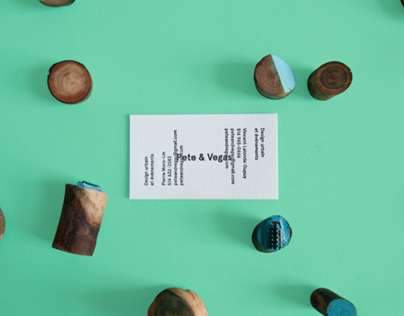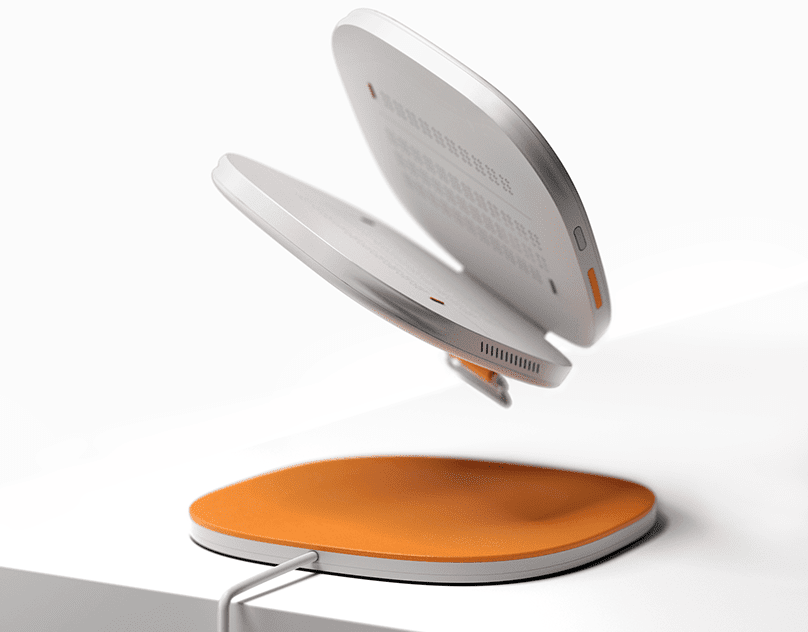Introduction
Design is a multifaceted field that encompasses various disciplines, including architecture, interior design, and graphic design.
Regardless of the specific area of design, mastering the art of crafting beautiful things requires a combination of creativity, technical skills, and a deep understanding of the principles of design.
In this blog, we will delve into the world of design and provide expert tips and insights to help you become a master of your craft.
Whether you are a seasoned designer looking to enhance your skills or a novice seeking inspiration and guidance,
this blog is the perfect resource to elevate your design abilities and create visually stunning masterpieces.
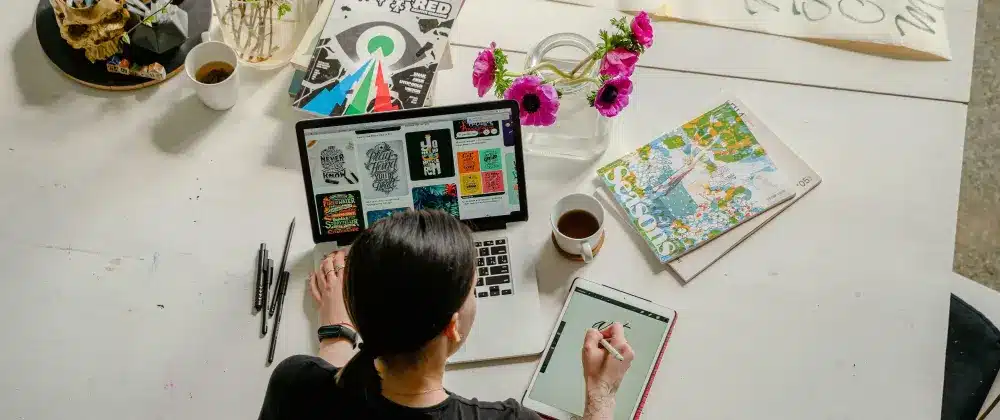
Understanding the importance of design
Understanding the importance of design is crucial for anyone striving to excel in this field.
Design is not merely about creating visually appealing products or spaces;
it is about solving problems, enhancing user experiences, and communicating effectively.
In today’s highly competitive market, design has emerged as a powerful tool that can differentiate businesses,
build brand identity, and influence consumer perception.
Good design drives engagement, boosts sales, and cultivates customer loyalty.
Furthermore, design has the power to make a positive impact on society by addressing social and environmental issues.
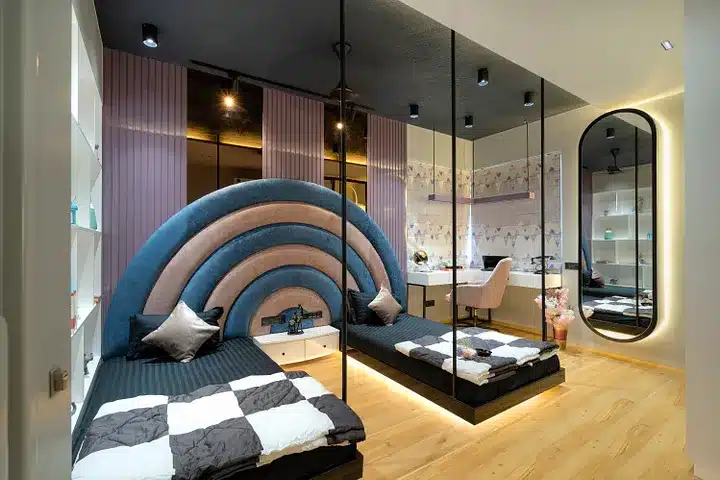
Sustainable design practices can minimize waste and pollution, while inclusive design ensures equal access for all individuals.
In the upcoming blog sections, we will explore the various aspects of design and delve deeper into the principles, techniques,
and trends that contribute to creating extraordinary designs.
Stay tuned to uncover the secrets of successful design and unleash your creative potential.
Developing a keen eye for aesthetics
Developing a keen eye for aesthetics is a crucial skill for anyone looking to master the art of design.
Aesthetics, as an integral part of design, focuses on the visual appeal and harmony of a product or space.
It involves considering elements such as color, form, texture, and composition to create a pleasing and cohesive design.
To hone your aesthetic sense, immerse yourself in various forms of art and design.
Visit museums, attend exhibitions, and explore different artistic styles and movements.
Analyze and deconstruct the designs you come across, dissecting the choices made by the creators and understanding how they contribute to the overall aesthetic appeal.
Additionally, keep up with the latest design trends but always strive to create designs that are timeless and unique.
Ultimately, developing a keen eye for aesthetics will enable you to create beautiful and visually captivating designs that stand out from the crowd.
Stay tuned for more tips on mastering the art of design.
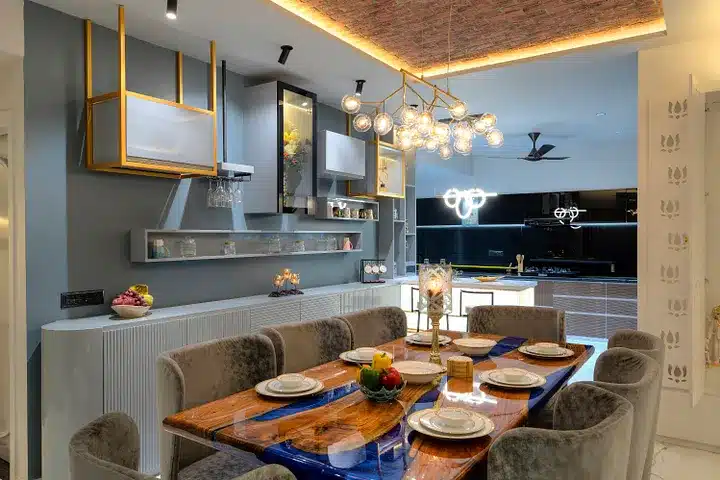
Utilizing color theory and composition techniques
Utilizing color theory and composition techniques can elevate your designs to the next level.
Understanding the psychology behind colors and how they interact with each other is key in creating visually pleasing compositions.
Start by familiarizing yourself with the color wheel and its different harmonies such as complementary, analogous, and triadic color schemes.
Experiment with different combinations to create different moods and atmospheres in your designs.
Furthermore, pay attention to the composition of your designs. Seek to create balance, symmetry, or asymmetry, depending on the desired effect.
Use techniques like the rule of thirds, leading lines, and negative space to guide the viewer’s attention and create a visually interesting layout.
Remember, mastering color theory and composition techniques takes practice and experimentation. Don’t be afraid to push boundaries and try new things.
The more you play with colors and compositions, the more confident and skilled you will become in crafting beautiful designs. Stay tuned for more expert tips on mastering the art of design.
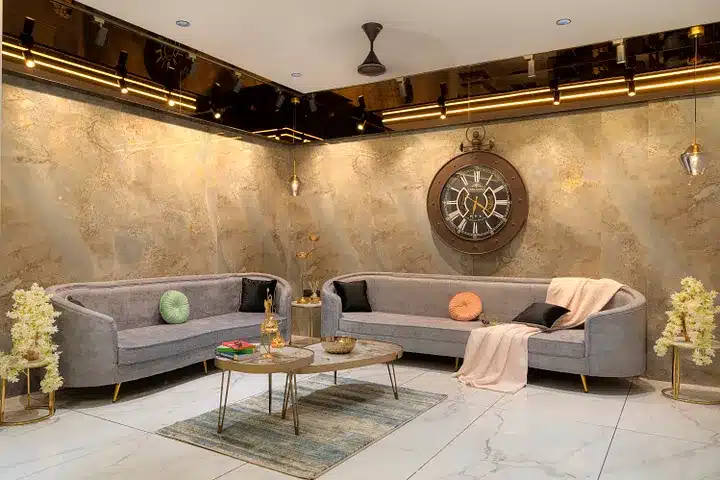
The power of storytelling in design
Storytelling is a powerful tool that can greatly enhance the impact of your designs.
By incorporating storytelling elements into your work, you can create a deeper emotional connection with your audience and leave a lasting impression.
Consider the narrative behind your design and how it can be conveyed visually.
Develop a concept or theme that resonates with your intended message and use design elements to tell the story.
This could include using imagery, typography, or even creating a series of illustrations that unfold a visual narrative.
Additionally, think about the sequence and flow of your designs.
Just as a story has a beginning, middle, and end, your designs should guide the viewer through a journey.
Use visual cues and design elements to lead the viewer’s eye and create a sense of progression.
Incorporating storytelling into your design process requires careful consideration and planning.
Take the time to research and brainstorm ideas that align with your intended message.
Experiment with different techniques and approaches until you find the perfect balance between storytelling and design.
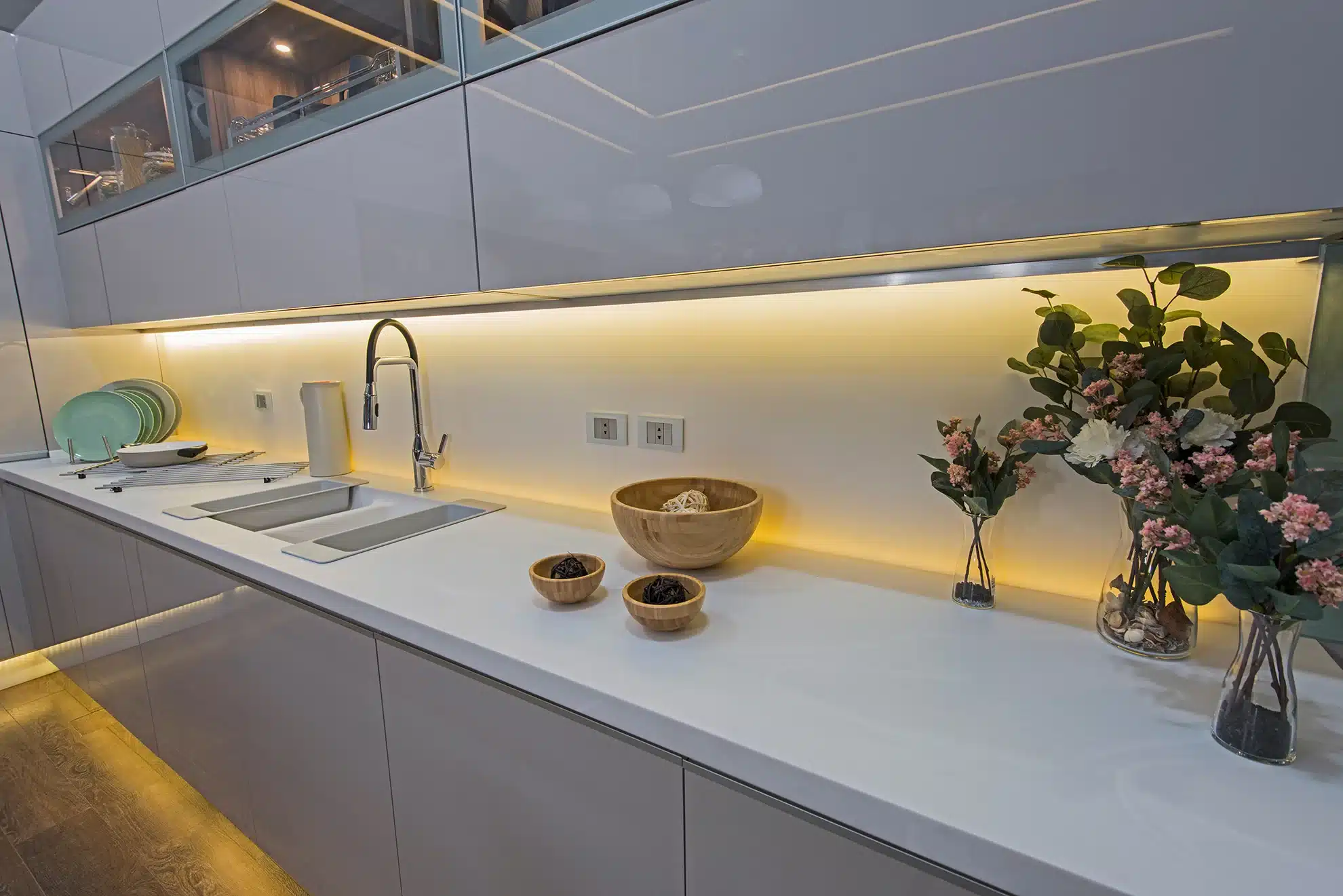
Embracing simplicity and minimalism
Simplicity and minimalism are key principles in the art of design.
In a world filled with noise and clutter, it is important to create designs that are clean, clear, and easy to understand.
Embracing simplicity allows you to deliver your message in a straightforward and impactful way.
One way to achieve simplicity is by using minimalistic elements in your designs.
This involves stripping away any unnecessary details and focusing on the essentials.
Limit your color palette, use ample white space, and choose fonts that are clean and easy to read.
Remember, less is often more when it comes to design.
Simplicity also extends to the user experience.
Make sure your designs are intuitive and easy to navigate.
Remove any unnecessary clutter and guide your audience through a seamless journey.
By embracing simplicity and minimalism, you can create designs that are visually appealing,
memorable, and effective in communicating your intended message.

Incorporating technology and trends in design
In addition to embracing simplicity, incorporating technology and staying up-to-date with design trends can greatly enhance your ability to craft beautiful things.
Technology has revolutionized the world of design,
providing us with new tools and platforms to experiment and create.
Alvaro Siza .. Clarity and simplicity in architectural designs
From graphic design software to video editing programs,
technology has made the design process more efficient and accessible.
Staying updated with design trends is equally important.
Trends come and go, but they can give your designs a contemporary and fresh look.
Keep an eye on popular color schemes, typography styles, and layout designs.
However, be cautious not to rely solely on trends as they can quickly become outdated.
By combining simplicity with the use of technology and trends, you can elevate your designs to new heights.
Remember to maintain a balance and adapt these elements to best communicate your message and reflect your unique style as a designer.
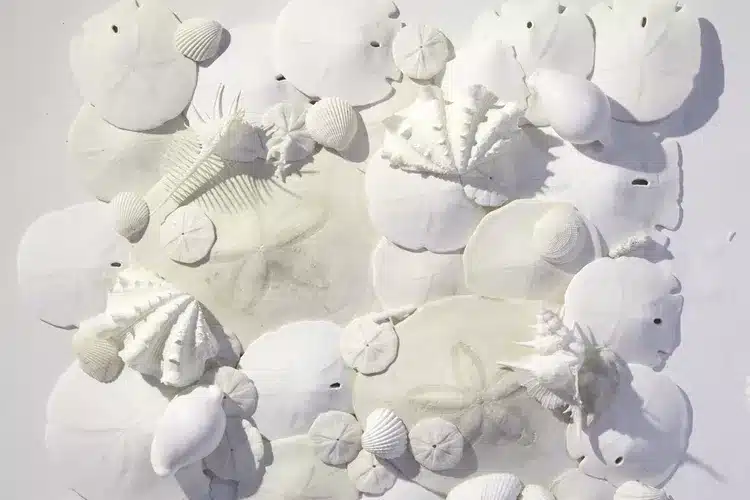
Continuous learning and growth in the field
Continuous learning and growth in the field is crucial for mastering the art of design.
As technology and trends continue to evolve, it is essential to stay ahead of the curve.
Take advantage of online courses, workshops, and design conferences to expand your knowledge and sharpen your skills.
Seek inspiration from other designers and artists.
Explore their work, study their techniques, and learn from their successes.
Surrounding yourself with a community of fellow designers can provide valuable feedback and foster a sense of healthy competition.
World’s Skinniest Skyscraper by SHoP Architects in Manhattan
Additionally, don’t be afraid to step out of your comfort zone and experiment with different styles and mediums.
Pushing yourself to try new things can lead to breakthroughs and unexpected creative solutions.
Remember, the journey to mastering the art of design is a continuous process.
Embrace it with curiosity and enthusiasm, and you will undoubtedly see significant growth in your craft.
Architect Job: Place Careers: Revit Architect for beautifully crafted central London scheme






